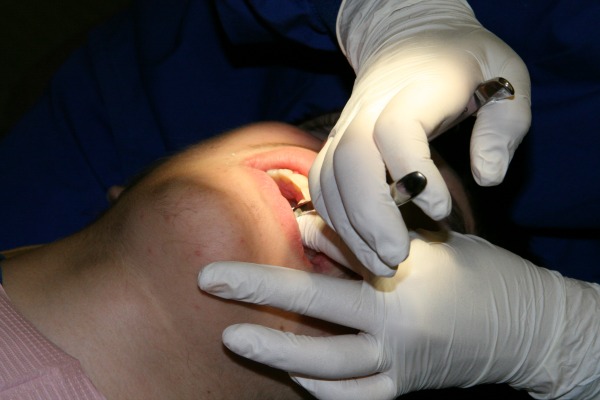By Kim D’Abreu, Senior Vice President for Access, Diversity, and Inclusion in the Policy Center at the American Dental Education Association. D’Abreu was previously the deputy director for the Pipeline Profession and Practice: Community-Based Dental Education program of the Robert Wood Johnson Foundation. (Republished with permission; some links and images added by the Institutional Diversity Blog)
 The words we use regarding diversity matter. That’s why the American Dental Education Association (ADEA) is shifting the conversation away from the “deficit model” for recruiting students from underserved backgrounds to U.S. dental schools. Specifically, ADEA is avoiding language that suggests “the numbers just aren’t there” or “the pool is not qualified”. When we describe underserved students as low-income or less prepared educationally, it suggests that the problem lies with them. It undervalues the students and ignores the wealth that they bring to the table in terms of cultural competence, initiative, and willingness to provide care to communities that need it most. But far worse, the “deficit model” allows the real institutional obstacles that these students face to remain in place.
The words we use regarding diversity matter. That’s why the American Dental Education Association (ADEA) is shifting the conversation away from the “deficit model” for recruiting students from underserved backgrounds to U.S. dental schools. Specifically, ADEA is avoiding language that suggests “the numbers just aren’t there” or “the pool is not qualified”. When we describe underserved students as low-income or less prepared educationally, it suggests that the problem lies with them. It undervalues the students and ignores the wealth that they bring to the table in terms of cultural competence, initiative, and willingness to provide care to communities that need it most. But far worse, the “deficit model” allows the real institutional obstacles that these students face to remain in place.
Untapped Talent
Using government data sources, clearly some of the complaints about the low numbers of qualified underserved applicants are overstated. In reality, there is a large pool of qualified and talented students of diverse backgrounds who have not been recruited by U.S. dental schools or made aware of career opportunities in dentistry. Approximately 12,500 students from underserved backgrounds graduate from college each year with degrees in the biological sciences and a 3.00 GPA. In 2009, only five percent, or 594 students, from that pool enrolled in American dental schools. Dental schools must create new tools and strategies to attract these students.
Market research on perceptions about careers in dentistry have revealed that early and frequent exposure to dentistry and dentists is essential in motivating minority students to choose dentistry as a profession. But many of the college students surveyed also said that poor advising received at the undergraduate level did not properly prepare them to apply to dental school. Summer enrichment programs and formal partnerships with undergraduate advisors can bolster successful application rates.
Another way to increase acceptance rates is through modification of accreditation standards. As of July 2013 in order to remain accredited, U.S dental schools will have to implement “policies and practices to: achieve appropriate levels of diversity among its students, faculty, and staff and to engage in ongoing systematic and focused efforts to attract and retain students, faculty, and staff from diverse backgrounds.”. Admissions practices that have already proven successful such as whole file review (which takes into consideration a host of cognitive and non-cognitive variables), will be a valuable tool for dental schools.
Creating an oral health care workforce that truly reflects the diversity of our nation will take time. Summer enrichment programs, mentoring, and pre-application counseling are current successes that we can build upon. Coupled with early and frequent exposure to dentistry and dentists, and incorporating whole file review, these elements can move the needle on diversity and inclusion.
Add to the discussion:
Did you know of some great strategies for recruiting students from underserved backgrounds? What exciting ideas inform your own efforts to tap into the large pool of qualified and talented students of diverse backgrounds — and how are you implementing them?
Let us know in the comments below*.
*Note: You will need to register for an Institutional Diversity Blog account in order to comment, but you can get started right away by clicking here, or visiting our FAQ page for more help. Also, check out this video on "Registering for an Account on The Institutional Diversity Blog".
Leave a Reply
You must be logged in to post a comment.